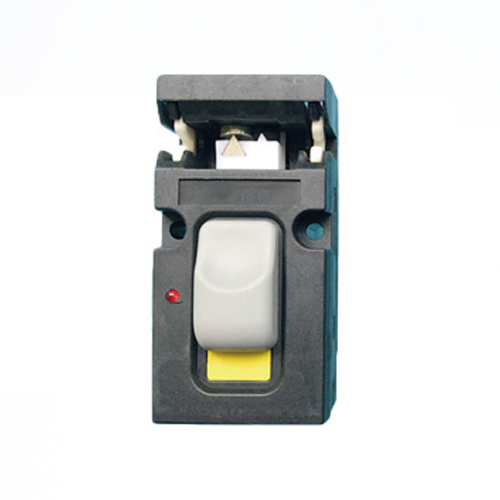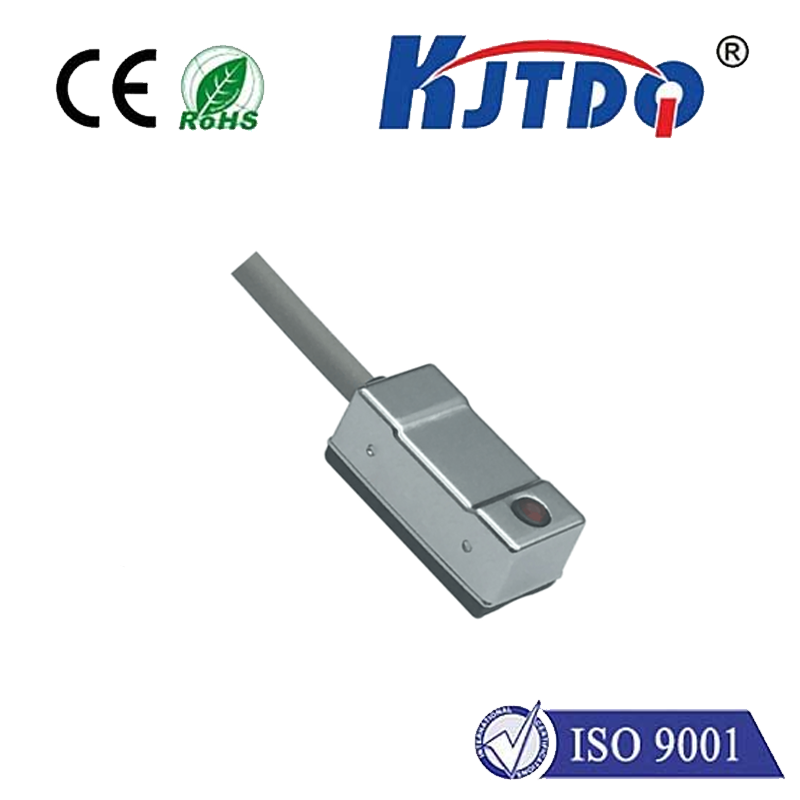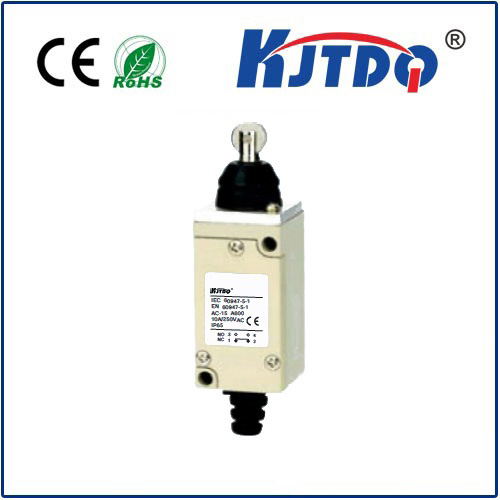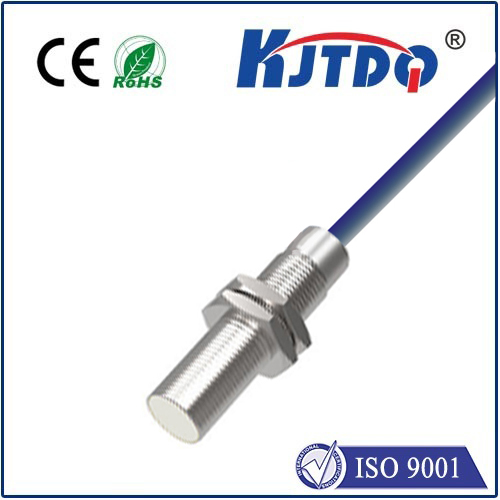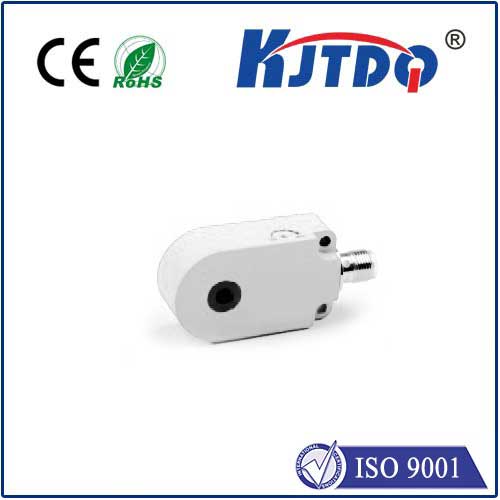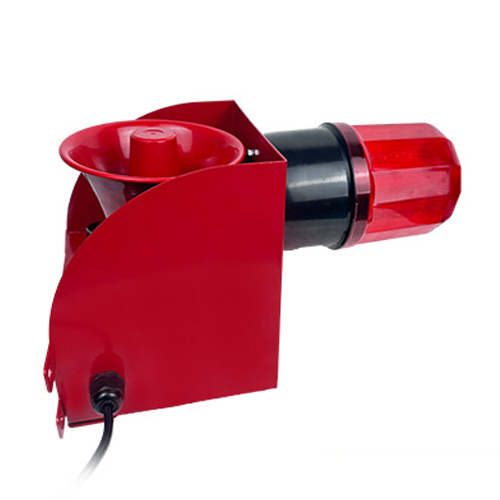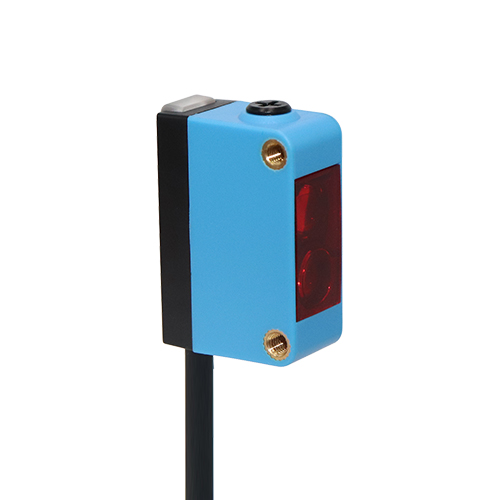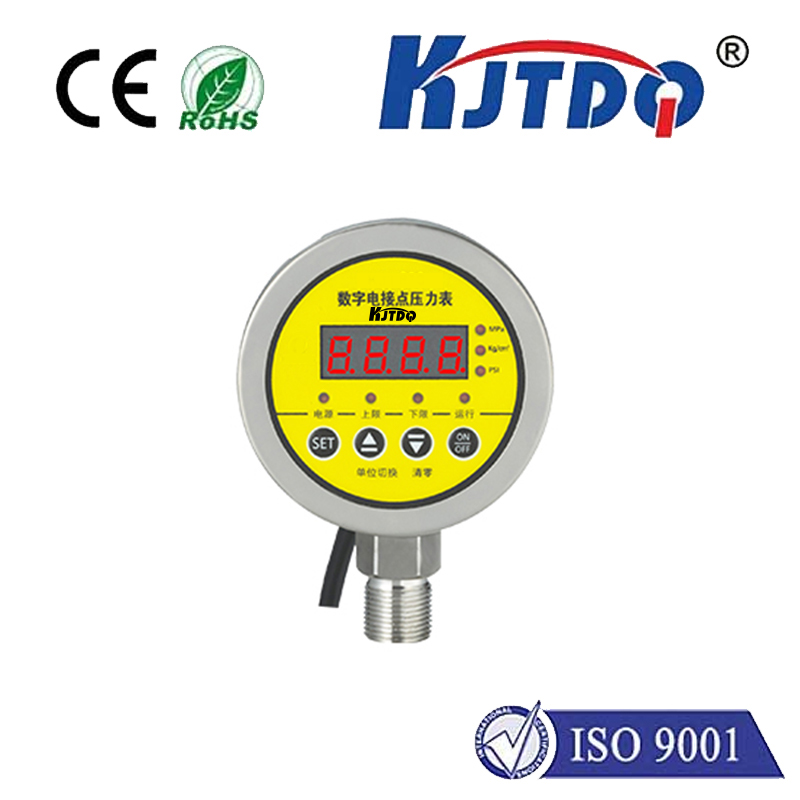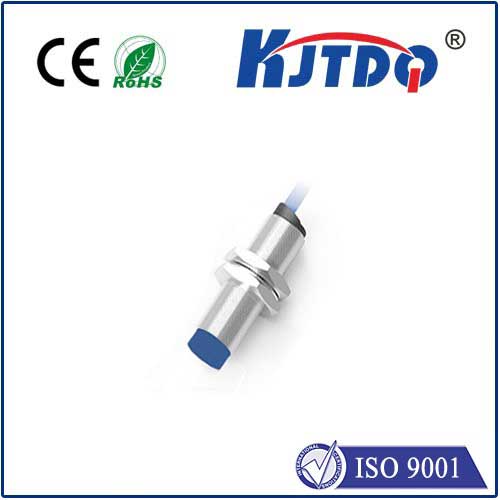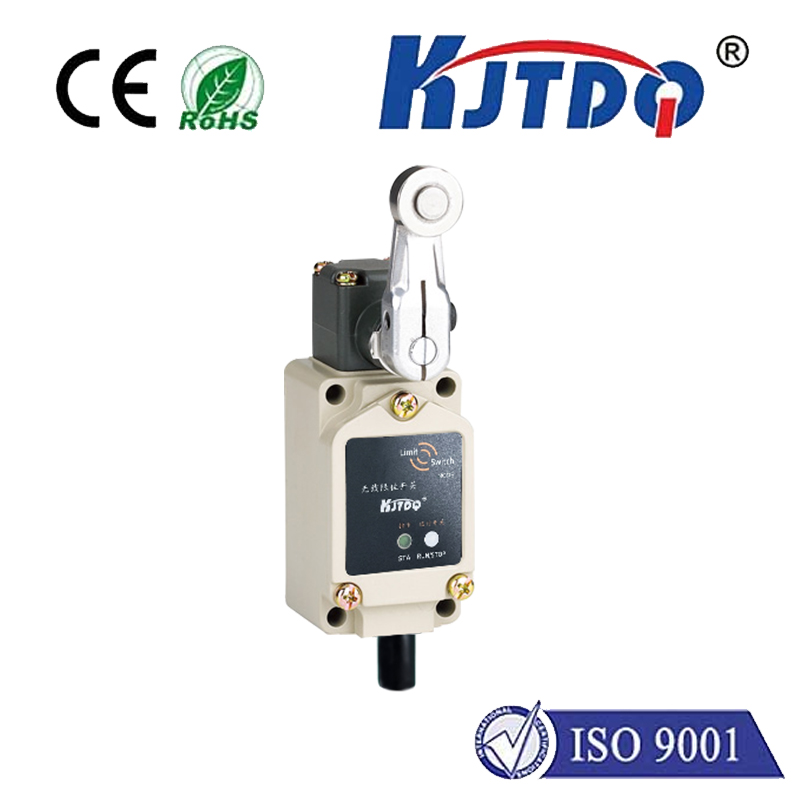

check

check

check

check

check

check

check

check

check

check

Title: The Role and Applications of Metal Proximity Sensors in Modern Technology The modern world operates on a delicate balance of advanced technology that makes life more convenient and efficient. Among the myriad technological advancements, metal proximity sensors have emerged as critical components in various industries. These sensors use the principle of electromagnetic fields to detect the presence or absence of metallic objects without any physical contact. This article explores the role and applications of metal proximity sensors in contemporary technology. Understanding Metal Proximity Sensors A metal proximity sensor is an electronic device designed to detect metallic objects near its surface by generating and sensing electromagnetic fields. When a conductive material comes within the sensor’s range, it disturbs the electromagnetic field, which the sensor then interprets as a signal. This detection process enables the sensor to trigger an output or alert system, depending on the application. There are several types of metal proximity sensors, including inductive and capacitive sensors. Inductive sensors are most commonly used for detecting ferrous (iron-based) metals, while capacitive sensors can detect both ferrous and non-ferrous materials. Each type of sensor has unique characteristics that make them suitable for specific applications. Applications in Manufacturing and Industry One of the primary applications of metal proximity sensors is in the manufacturing sector. These sensors are used for various purposes, such as counting objects, detecting missing parts, and monitoring the position of machinery components. For example, in automated assembly lines, proximity sensors ensure that products move through the production process correctly, thus reducing errors and improving efficiency. In industrial environments, proximity sensors are also employed for safety purposes. They can detect when a machine part is malfunctioning or if an object is too close to a hazardous area, triggering alarms or stopping machinery to prevent accidents. This level of automation enhances workplace safety and minimizes downtime due to equipment failure. Utilities in Automotive Engineering The automotive industry extensively uses metal proximity sensors to enhance vehicle performance and safety. These sensors are integral to systems such as anti-lock braking systems (ABS), automatic transmission control, and seatbelt status monitoring. By providing accurate feedback, these sensors help in making swift adjustments that improve the vehicle’s handling and safety features. For instance, proximity sensors can detect the speed of the wheels to help ABS prevent them from locking during emergency brakes. Similarly, they can monitor the position of gear shifts to optimize transmission performance and reduce wear and tear. In modern electric vehicles, proximity sensors play a crucial role in battery management systems, ensuring efficient energy utilization and longevity of the vehicle’s battery pack. Consumer Electronics and Smart Devices The consumer electronics market also benefits significantly from metal proximity sensors. In smartphones, these sensors enable features like auto screen wake/sleep and pocket dialing prevention. When the phone is near the user’s ear, the proximity sensor deactivates the touchscreen to avoid accidental touches during calls. Additionally, they can detect when a device is placed in a pocket or bag, preventing unwanted operations. Smart home devices also utilize proximity sensors to enhance convenience and security. For example, smart lighting systems can use these sensors to turn lights on or off based on the presence of metallic objects or people in a room. Security systems incorporate proximity sensors to detect unauthorized entry attempts by recognizing metal tools or objects breaking into restricted areas. Conclusion Metal proximity sensors have become indispensable in modern technology, offering numerous benefits across various industries. From enhancing manufacturing efficiency and safety to improving automotive engineering and enriching consumer electronic experiences, proximity sensors play a vital role. As technology continues to advance, the scope and capabilities of metal proximity sensors will undoubtedly expand, driving further innovation and convenience in our daily lives.
